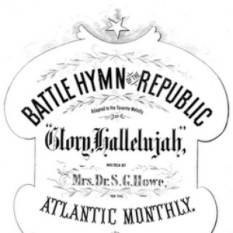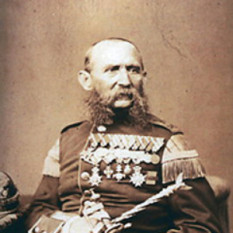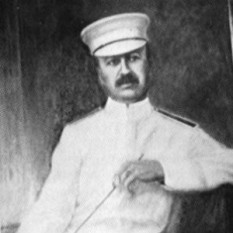A march, as a musical genre, is a piece of music with a strong regular rhythm which in origin was expressly written for marching to and most frequently performed by a military band. In mood, marches range from the moving death march in Wagner's Götterdämmerung to the brisk military marches of John Philip Sousa and the martial hymns of the late 19th century. Examples of the varied use of the march can be found in Beethoven's Eroica Symphony, in the Marches militaires of Franz Schubert, in the Marche funèbre in Chopin's Sonata in B flat minor, and in the Dead March in Handel's Saul.
Marches can be written in any time signature, but the most common time signatures are 4/4, 2/2 (alla breve, although this may refer to 2 time up until the time of Johannes Brahms, or cut time), 6/8, and 3/4; however, some modern marches are being written in 1/2 time. The modern march tempo hovers around 120 beats to the minute (the standard Napoleonic march tempo); however, many funeral marches conform to the Roman standard of 60 beats to the minute.
The form of a march typically consists of 16 to 32 measures in length with multiple repeats until a new section. Most importantly, a march consists of a strong and steady percussive beat reminiscent of military field drums.
Marches frequently change keys once, modulating to the subdominant key, and occasionally returning to the original tonic key. If it begins in a minor key, it modulates to the relative major. Marches frequently have counter-melodies introduced during the repeat of a main melody. Marches frequently have a penultimate dogfight strain in which two groups of instruments (high/low, woodwind/brass, etc.) alternate in a statement/response format. In most traditional American marches, there are three strains. The third strain is referred to as the "trio". .









